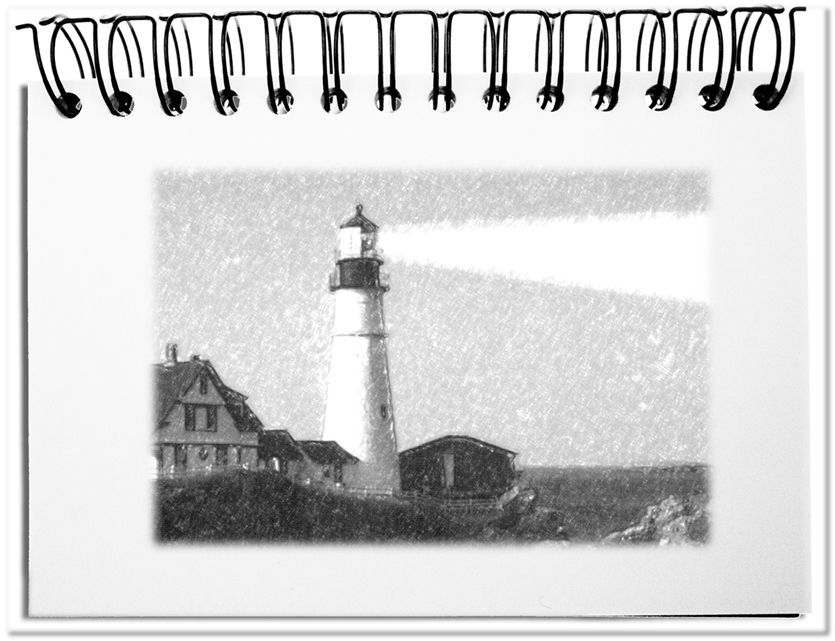The longest active lighthouse was the Pharos of Alexandria, the seventh of seven wonders of the ancient world, which was in operation from 300 BC to 1300 AD. Its estimated height was between 380 and 520 feet. He is said to have shown the way to the ships over a distance of 30 miles. In the flat terrain, ships could find their way to the safe harbor. On US coasts there are over 400 lighthouses. Although ships navigate worldwide with satellite navigation, the beacons are still burning. Just as these landmarks show the way for captains and helmsmen, a company needs reference points to which its employees orient themselves in their daily work.
Without the signals, ships run the risk of missing the port or even worse running aground. The corporate tanker also uses its “landmarks” – vision, strategy, and governance.
- The widely visible signs
The only things that penetrate the darkness are the lights shimmering on the shore. The beacon can be recognized by its clocking, i.e. the rhythm of the light signal. On this basis and in combination with other beacons, the navigators calculate the route into the harbor.
Companies are also on a journey to specific destinations. In order for everyone to move in the same direction, top management publishes its mission and vision. This is not a concrete endpoint, but the direction of all efforts – to create something new; to move the world forward; to do something wonderful and issue it; to help the world to become better. - The goal
If you are still in the open sea, the beacon leads into the port of destination. The lighthouse is only a means to an end to point the ship in the right direction. The way goes through a sufficient fairway around dangerous cliffs into the narrow opening of the harbor. The anchorage is the destination.
In the company, the overarching goals are set by the management. Thus, they create a framework to which the further refinements are aligned until they have described the tasks of each individual employee as smartified specifications. Here are the tangible endpoints, whose fulfillments can be measured – time savings by 10%; 5% increase in quantities; ten new customers per month. - The nimbleness
To reach the safe harbor, the bearings of the beacons are converted on board of the ship into the desired route. The navigators need certain formulas and values that determine the course and the ability to align the ship accordingly.
Employees also benefit from fixed points to which they align their procedures. This includes, in addition to the path to the desired result, a certain behavior in dealing with customers and working with colleagues, and above all an appropriate leadership style. All levels, managers and employees, need the necessary skills to adapt to the circumstances. - The experience
Seafarers know their landmarks. Each tower has its own signal, which results from the rotation time and the type of light. The necessary knowledge can be found in a special directory and in the head of the seamen. During the day, the towers can be recognized by their shape, the painting and the peculiarities of the location – the hills, trees, and beaches.
Such orientation points are also helpful in the company, as the employees learn over time to orient themselves accordingly. On the bridge of the enterprise, in the management, the signals are developed and published accessible for all. The workforce must be able to acquire the knowledge autonomously. Just as in shipping, today there are modern navigation aids, above all the intranet and its search engine. Over time, employees learn to distinguish the signals and react accordingly.
Bottom line: Signs visible from afar offer a reference point that keeps a company on course, just like a ship. The purpose of a company offers that way a clear direction that creates the framework for all activities. Within this framework, the objectives are refined until they clearly communicate to each employee, what they have to achieve. With the necessary skills to adapt, the workforce develops the nimbleness to arrive. The longer the employees work with it, the more experienced they become in dealing with it. The lighthouse represents the required checkpoint particularly well and is therefore an ideal metaphor for a reference point in business.

